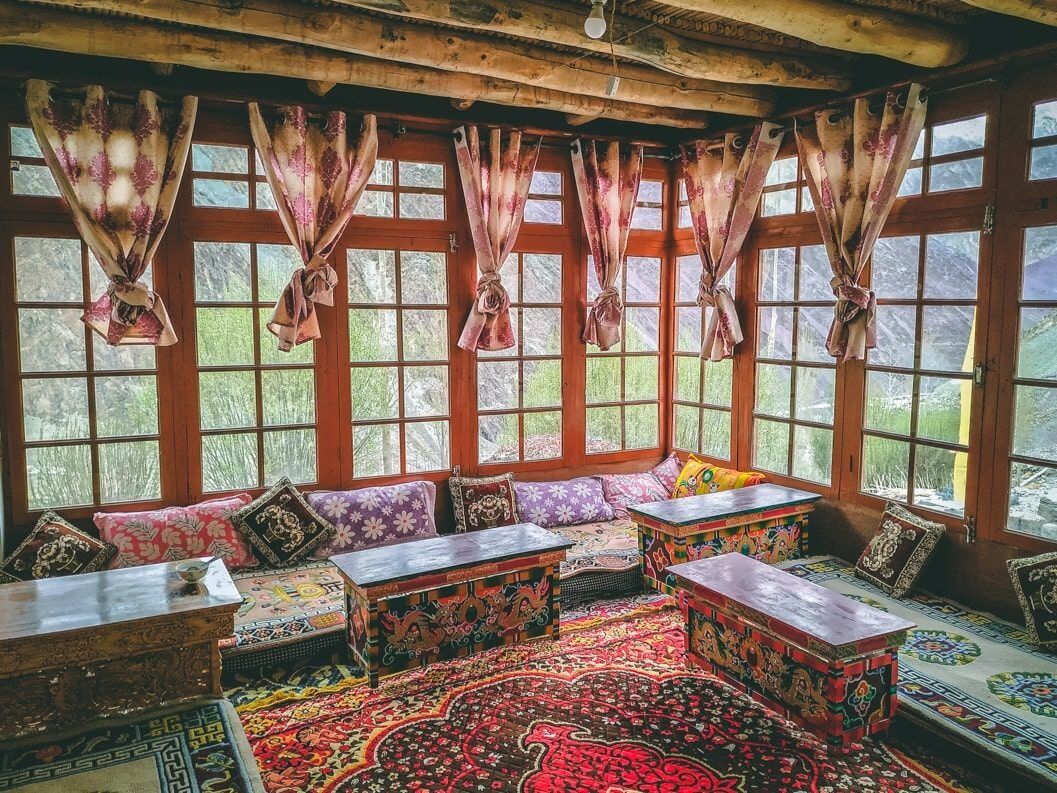Not too long ago, there was a time when we’d get overwhelmed by the tonnes of travel choices we had to plan our perfect vacation. A young, budget-conscious traveller would choose to go backpacking, whereas a leisure traveller with deeper pockets would take luxury holidays. There were choices aplenty in the travel market for everyone. But with the COVID crisis rearranging our priorities, the utmost concern for all travellers now is the safety of the places they would be visiting and staying at. Along with the itinerary, price, and photos, travellers will now look for information about safety measures taken by travel operators. But does that mean they have to compromise on the experience promised by the hosts for better safety? Not at all! Rather, it’s time to reassure travellers that both their safety and the quality of their experience will be equally superlative.
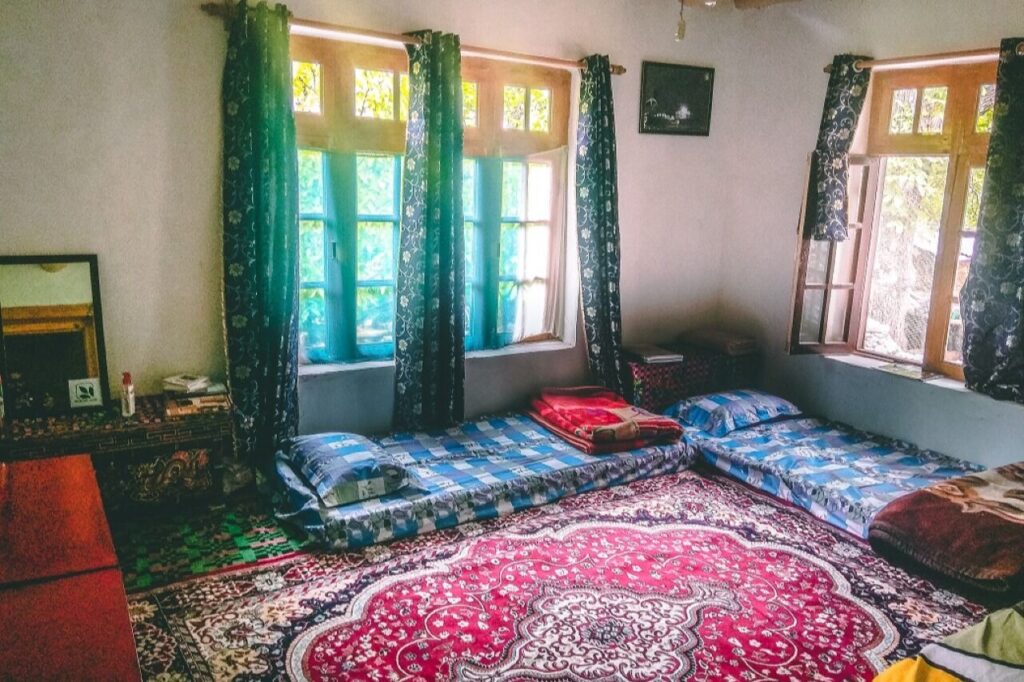

Will Longer Holidays at Homestays be the New Normal?
It is evident now that the risk of contracting the virus is highest at places with high human activity. So, it’s safe to say that in the post-COVID-19 period, travellers would first choose to go to places — and by extension, to accommodations— where there’s minimum human activity or movement. In this scenario, it’s very likely that they will automatically be drawn towards homestays, where such movement is comparatively lesser than hotels and resorts.
Experts are also predicting, meanwhile, that instead of visiting many places and increasing their risk of exposure to the virus, travellers would prefer to spend more time at one destination. This means they would want to stay for more than one night at a homestay. And to keep their guests safe and engaged during long stays, homestay hosts have to be skilled in hospitality as well as in creating local experiences.
Can Homestays Offer Top-Quality Experiences?
A homestay is a space designed to give travellers a chance to absorb and intimately experience the local way of life, while enjoying the best possible hospitality services. Running a good homestay requires the skills of managing an accommodation, preparing and serving food and beverages, and offering experiences built around local attractions. In short, it requires skills drawn from all the major segments of hospitality and the ability to merge it with local elements.
1. Find the Mean Between a Professional & A Homely Set-up
The key to setting up a high-quality homestay are— a spacious room, a comfortable bed, and a clean bathroom— in the extra space of a local house. A traveller usually forms her first impressions of a homestay on the basis of just these three factors. The standard practices of the hospitality sector inform the idea of ‘quality accommodation’. If the room is bright and has windows, the beds are made with ‘Hospital Corners’, and the bathroom is dry and spotless, it immediately sets the tone for the stay. Add a ‘local touch’ to space, and it should tick all the boxes for a great homestay.
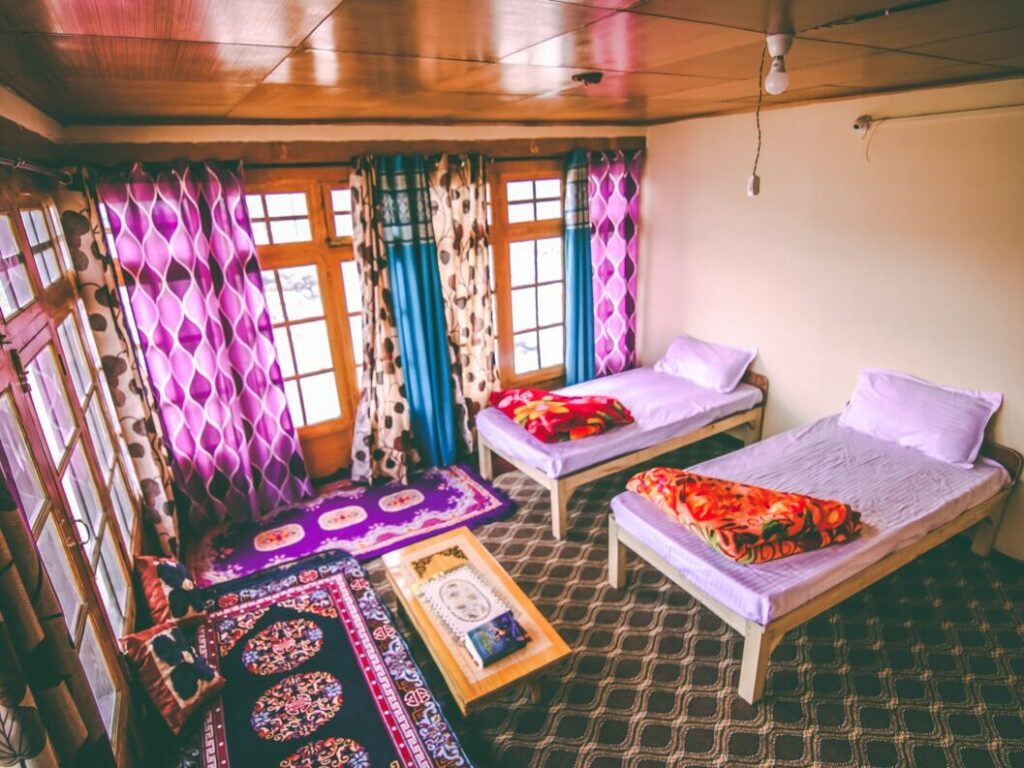

2. Offer New Experiences as well as Comfort
The food at a homestay and the way it’s served is critical to a traveller’s overall experience. For anyone on a holiday, food can be both about comfort as well as new experiences. So, a good menu should be a combination of local fare and food that travellers are familiar with. When food is an experience, guests expect to understand the story and culture behind the local delicacies. Such meals become an ‘activity’ in themselves, where hosts share their knowledge about the local ingredients, sources and traditional significance of its preparation. And yet, while guests often seek the experience of eating local food, they don’t always prefer to have it for all the meals of the day. If local delicacies are made for dinner, the next morning, guests may want a simple, comforting breakfast of eggs and toast. Hence, a homestay host should know how to prepare local as well as common dishes, such as eggs, toast, rice, dal, boiled vegetables, and so on.
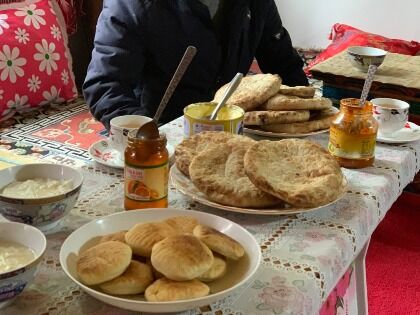

3. Create an Authentic Experience for Travellers
In the post-COVID months, if the travellers spend more time at one destination, the demand for local activities will increase. Guests are likely to prefer accommodations where they can participate in unique activities without travelling for them. Homestays can curate at least one ‘anchor’ activity linked to the local lifestyle, and offer it as an authentic experience. The host, who is also a farmer, for instance, can take the guests farming along with him, as long as it doesn’t disrupt his or her work too much. Local craft-making, Such as Copper Art in Sumda Chenmo on the other hand, can attract special interest travellers, especially in a place known for its crafts or textiles. And of course, hosts can take travellers on sightseeing tours too, highlighting what is most significant and meaningful for the locals. A high-quality experience is not just about how unique activity is, but it’s also about the cultural exchange at a homestay. This includes conversations during meals, exploring the village/town, and participating in activities. Hence, a host should have a knack for communicating and for information-sharing, while a traveller’s staying with her or him.
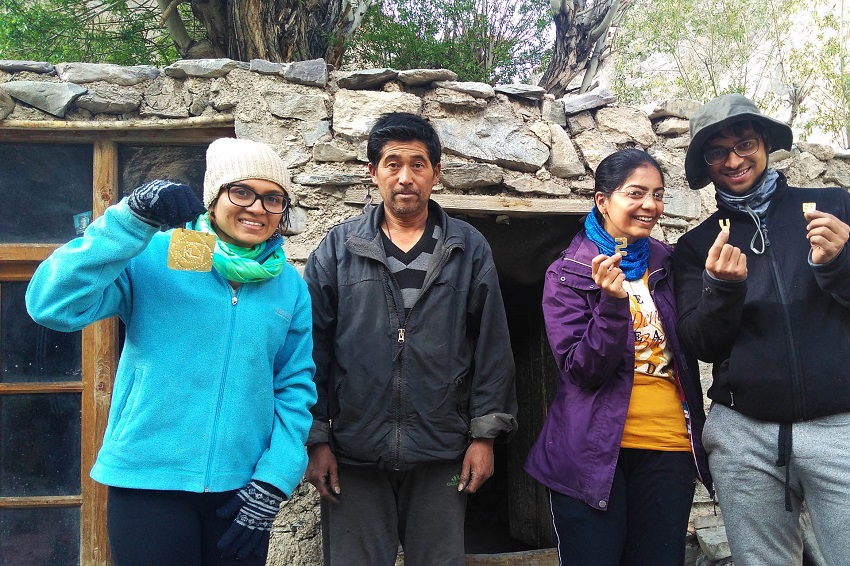

A combination of these skills and a professional attitude throughout the period of hosting guests elevates the quality of homestays, regardless of its capacity to provide luxury services.

